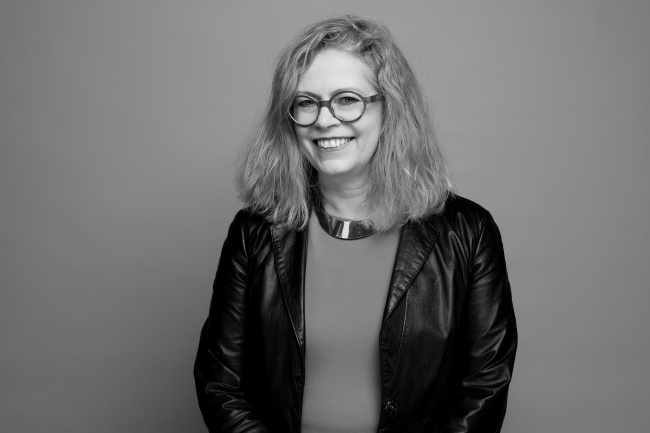Bundesallee in West-Berlin
The Bundesallee, formerly Kaiserallee, with its beautiful squares, was the backbone of the most elaborate urban development figure of the New West. After the war, it became a model for the car-friendly conversion of West Berlin's main streets, a conversion that damaged the entire street and its squares.
More info
